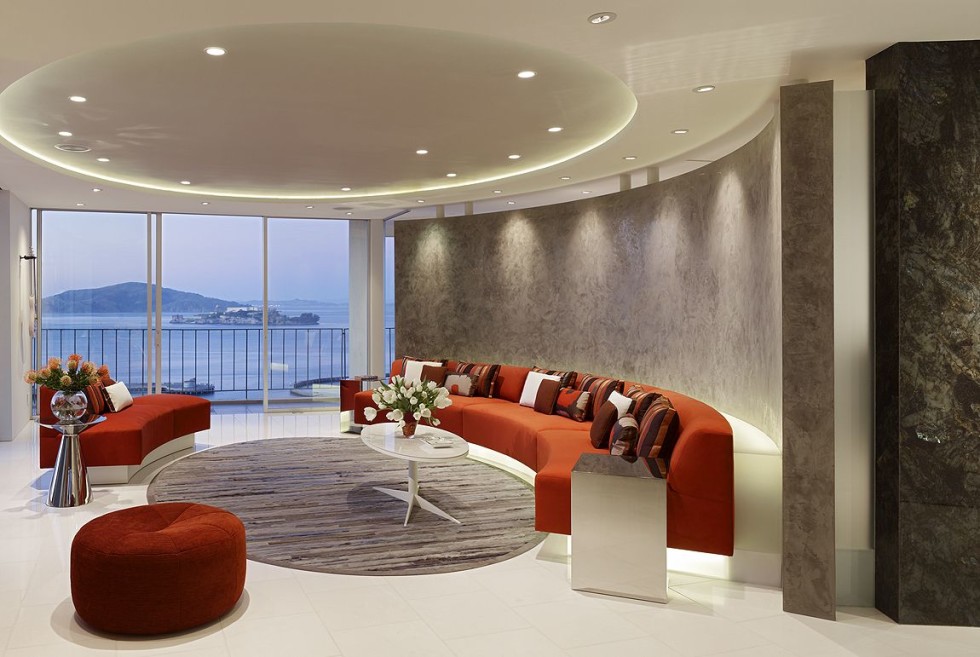When it comes to designing a commercial kitchen, there are many important factors to consider. From layout and space utilization to equipment and safety, every aspect plays a crucial role in creating a highly functional and efficient kitchen space. To help you create the perfect commercial kitchen for your business, we have put together a comprehensive checklist of 10 essential tips that you should keep in mind during the design process. 1. Consider Your Menu: The first step in designing a commercial kitchen is to carefully consider your menu and the type of food you will be preparing. This will help determine the necessary equipment, storage, and workflow needed for your specific menu items. 2. Utilize Space Efficiently: Space is a valuable commodity in any commercial kitchen, so it is important to make the most of the available space. Consider the layout and placement of equipment, storage areas, and workstations to ensure maximum efficiency and functionality. 3. Ensure Proper Ventilation: A well-ventilated kitchen is crucial for the health and safety of your staff and customers. Make sure to include proper ventilation systems in your design to remove excess heat, steam, and fumes from the kitchen. 4. Prioritize Safety: Safety should be a top priority in any commercial kitchen design. This includes proper placement of fire extinguishers, emergency exits, and safety equipment, as well as training for your staff on how to handle potential hazards. 5. Invest in Quality Equipment: Your commercial kitchen is only as good as the equipment you use. Make sure to invest in high-quality, durable equipment that will withstand the demands of a busy kitchen and last for years to come. 6. Consider Workflow: A well-designed commercial kitchen should have a clear workflow that helps to streamline food preparation and service. Consider the flow of food from storage to preparation to service when designing your kitchen layout. 7. Think About Storage: Proper storage is essential in any commercial kitchen. Make sure to include enough storage space for ingredients, cooking utensils, and other necessary items. This will help keep your kitchen organized and efficient. 8. Include Adequate Lighting: Adequate lighting is crucial in any kitchen, especially a commercial one. Proper lighting can improve safety, reduce eye strain, and enhance the overall appearance of your kitchen. 9. Plan for Cleaning and Maintenance: A clean and well-maintained kitchen is essential for food safety and customer satisfaction. Make sure to include designated areas for cleaning and maintenance in your design, as well as easy-to-clean surfaces and equipment. 10. Test Your Design: Before finalizing your commercial kitchen design, it is important to test it out. Have your staff walk through the workflow and test the functionality of the layout to ensure it meets your needs and is efficient.1. Commercial Kitchen Design Checklist: 10 Essential Tips | WebstaurantStore
Designing a commercial kitchen involves much more than just choosing equipment and placing it in a space. It requires careful consideration of various factors to ensure a functional and efficient kitchen. Here are five key considerations to keep in mind when designing your commercial kitchen: 1. Size and Layout: The size and layout of your kitchen will greatly impact its functionality. Make sure to carefully measure and plan for the space you have available, taking into account any obstacles or limitations. 2. Equipment Selection: The equipment you choose for your kitchen should be based on your menu and the type of food you will be preparing. Make sure to select high-quality, energy-efficient equipment that will meet your needs and last for years to come. 3. Health and Safety: As mentioned before, safety should be a top priority in any commercial kitchen design. Make sure to follow health codes and regulations, and consider factors such as ventilation, fire safety, and proper storage to ensure the safety of your staff and customers. 4. Workflow and Efficiency: A well-designed kitchen should have a clear workflow that helps to maximize efficiency and reduce the risk of errors. Consider the flow of food from storage to preparation to service, and make sure to design your kitchen to minimize unnecessary steps and movements. 5. Budget: Last but not least, it is important to consider your budget when designing a commercial kitchen. While it may be tempting to splurge on top-of-the-line equipment, make sure to carefully balance your budget and prioritize essential items that will make the most impact on your kitchen's functionality.2. Commercial Kitchen Design Checklist: 5 Key Considerations | KaTom ...
Designing a commercial kitchen is a complex process that involves careful planning and consideration. Here are five important things to keep in mind during the design process: 1. Menu and Concept: Your menu and overall concept should be the driving force behind your kitchen design. Make sure to carefully consider your menu items and the type of food you will be preparing to ensure that your kitchen is equipped and designed to meet those needs. 2. Employee Comfort: Your kitchen staff will be spending long hours in the kitchen, so it is important to consider their comfort and needs when designing the space. Make sure to include ergonomic workstations, proper ventilation, and adequate lighting to create a comfortable and safe working environment. 3. Space Utilization: As mentioned before, space is valuable in any commercial kitchen. Make sure to carefully plan and utilize the available space to maximize efficiency and functionality. This includes proper placement of equipment, storage, and workstations. 4. Maintenance and Cleaning: A clean and well-maintained kitchen is essential for food safety and customer satisfaction. Make sure to include designated areas for cleaning and maintenance in your design, as well as easy-to-clean surfaces and equipment. 5. Future Growth: It is important to consider the potential for future growth when designing your commercial kitchen. Make sure to leave room for expansion and consider the flexibility of your design to accommodate future changes or additions to your menu and concept.3. Commercial Kitchen Design Checklist: 5 Things to Consider | Tundra ...
Designing a commercial kitchen can be overwhelming, but considering these seven factors can help ensure a successful and functional design: 1. Menu and Concept: As mentioned before, your menu and concept should be the foundation of your kitchen design. Make sure to consider the type of food you will be preparing, the equipment needed, and the workflow required to execute your menu items. 2. Space and Layout: The size and layout of your kitchen will greatly impact its functionality. Make sure to carefully measure and plan for the space you have available, taking into account any obstacles or limitations. 3. Equipment Selection: Quality equipment is crucial in a commercial kitchen. Make sure to choose high-quality, energy-efficient equipment that will meet your needs and last for years to come. 4. Safety and Health Codes: Safety should be a top priority in any commercial kitchen. Make sure to follow health codes and regulations, and consider factors such as ventilation, fire safety, and proper storage to ensure the safety of your staff and customers. 5. Workflow and Efficiency: A well-designed kitchen should have a clear workflow that helps to maximize efficiency and reduce the risk of errors. Consider the flow of food from storage to preparation to service, and make sure to design your kitchen to minimize unnecessary steps and movements. 6. Budget: It is important to carefully balance your budget when designing a commercial kitchen. Prioritize essential items that will make the most impact on your kitchen's functionality, and consider the potential for future growth when making budget decisions. 7. Sustainability: As the foodservice industry becomes more focused on sustainability, it is important to consider eco-friendly options when designing your kitchen. This can include energy-efficient equipment, sustainable materials, and waste reduction strategies.4. Commercial Kitchen Design Checklist: 7 Factors to Consider | Food ...
When designing a commercial kitchen, there are certain items that are essential for any successful and functional kitchen. Here are 10 must-have items to include in your commercial kitchen design: 1. Commercial Range: A commercial range is a versatile and essential piece of equipment for any kitchen. It allows for multiple cooking methods and can accommodate a variety of menu items. 2. Refrigeration Units: Proper refrigeration is crucial for food safety and freshness. Make sure to include a combination of reach-in refrigerators and freezers in your design to meet your storage needs. 3. Prep Tables: Prep tables provide a convenient and efficient workspace for food preparation. Make sure to include multiple prep tables in your kitchen design to accommodate different types of food and preparation methods. 4. Sinks: Sinks are essential for keeping your kitchen clean and sanitary. Make sure to include multiple sinks for handwashing, dishwashing, and food preparation in your design, and ensure they are easily accessible to all workstations. 5. Shelving Units: Proper storage is essential in any commercial kitchen. Make sure to include sturdy, easy-to-clean shelving units for storing ingredients, equipment, and other necessary items. 6. Hood System: A hood system is crucial for proper ventilation and removing excess heat, steam, and fumes from the kitchen. Make sure to include a well-designed hood system in your kitchen design. 7. Fire Suppression System: Safety should be a top priority in any commercial kitchen. Make sure to include a fire suppression system to quickly and effectively extinguish any potential fires. 8. Cookware and Utensils: High-quality cookware and utensils are essential for any kitchen. Make sure to invest in durable and versatile options that can withstand the demands of a busy kitchen. 9. Dishwashing Equipment: A commercial kitchen produces a lot of dirty dishes and equipment, so it is important to have efficient dishwashing equipment. Make sure to include a commercial dishwasher and other necessary equipment in your design. 10. Safety Equipment: Last but not least, make sure to include safety equipment such as fire extinguishers, first aid kits, and safety signage in your kitchen design. These items are crucial for the health and well-being of your staff and customers.5. Commercial Kitchen Design Checklist: 10 Must-Have Items | Food ...
In addition to the must-have items mentioned before, there are certain features that can greatly enhance the functionality and efficiency of a commercial kitchen. Here are 10 essential features to include in your design: 1. Adequate Lighting: Proper lighting is crucial in any kitchen, especially a commercial one. Make sure to include adequate lighting that is both functional and energy-efficient. 2. Non-Slip Flooring: A busy commercial kitchen can be a slippery place, so make sure to include non-slip flooring to reduce the risk of accidents and injuries. 3. Easy-to-Clean Surfaces: Maintaining a clean and sanitary kitchen is essential for food safety. Make sure to include easy-to-clean surfaces such as stainless steel countertops and wall panels in your design. 4. Multiple Workstations: A well-designed kitchen should have multiple workstations to accommodate different food preparation tasks. Make sure to include enough workstations to meet the needs of your menu. 5. Energy-Efficient Equipment: Not only is energy-efficient equipment better for the environment, but it can also save you money on utility costs. Make sure to invest in energy-efficient options when selecting equipment for your kitchen. 6. Ample Storage: As mentioned before, proper storage is essential in a commercial kitchen. Make sure to include enough storage space for ingredients, equipment, and other necessary items. 7. Waste Management System: A waste management system is crucial for keeping your kitchen clean and organized. Make sure to include designated areas for waste and recycling, as well as the necessary equipment for handling waste. 8. Handwashing Stations: Handwashing is an important part of maintaining food safety and preventing the spread of germs. Make sure to include multiple handwashing stations in your design, and ensure they are easily accessible to all workstations. 9. Ergonomic Design: Designing a kitchen with ergonomic principles in mind can greatly improve the comfort and efficiency of your staff. Make sure to include ergonomic workstations and equipment in your design to reduce the risk of strain and injury. 10. Flexibility: Last but not least, it is important to design a kitchen that is flexible and can accommodate future changes or additions. This includes leaving room for expansion and selecting equipment and features that can adapt to different menu items and concepts.6. Commercial Kitchen Design Checklist: 10 Essential Features | Food ...
Designing a commercial kitchen requires careful consideration of various factors to ensure a functional and efficient space. Here are 10 important considerations to keep in mind during the design process: 1. Menu and Concept: Your menu and overall concept should be the driving force behind your kitchen design. Make sure to carefully consider your menu items and the type of food you will be preparing to ensure that your kitchen is equipped and designed to meet those needs. 2. Space and Layout: The size and layout of your kitchen will greatly impact its functionality. Make sure to carefully measure and plan for the space you have available, taking into account any obstacles or limitations. 3. Equipment Selection: Quality equipment is crucial in a commercial kitchen. Make sure to choose high-quality, energy-efficient equipment that will meet your needs and last for years to come. 4. Safety and Health Codes: Safety should be a top priority in any commercial kitchen. Make sure to follow health codes and regulations, and consider factors such as ventilation, fire safety, and proper storage to ensure the safety of your staff and customers.7. Commercial Kitchen Design Checklist: 10 Important Considerations ...
Importance of a Well-Designed Commercial Kitchen

Efficiency and Productivity
 In any business, time is money. This is especially true in a commercial kitchen, where every second counts. A
well-designed commercial kitchen
can greatly improve
efficiency and productivity
by optimizing the workflow and minimizing unnecessary movements. This can be achieved through careful consideration of the
commercial kitchen design checklist
, which includes factors such as workflow, equipment placement, and ergonomics. By creating a functional and efficient kitchen layout, tasks can be completed quickly and smoothly, allowing for more dishes to be prepared and served in a shorter amount of time. This not only increases productivity but also enhances the overall dining experience for customers, leading to increased satisfaction and potential for repeat business.
In any business, time is money. This is especially true in a commercial kitchen, where every second counts. A
well-designed commercial kitchen
can greatly improve
efficiency and productivity
by optimizing the workflow and minimizing unnecessary movements. This can be achieved through careful consideration of the
commercial kitchen design checklist
, which includes factors such as workflow, equipment placement, and ergonomics. By creating a functional and efficient kitchen layout, tasks can be completed quickly and smoothly, allowing for more dishes to be prepared and served in a shorter amount of time. This not only increases productivity but also enhances the overall dining experience for customers, leading to increased satisfaction and potential for repeat business.
Safety and Sanitation
:max_bytes(150000):strip_icc()/commercial-kitchen-equipment-checklist-2888867-v7-5ba4fe764cedfd0050db4afa.png) Aside from efficiency and productivity, a
well-designed commercial kitchen
also prioritizes safety and sanitation. A messy and disorganized kitchen can lead to accidents and health hazards, which can be detrimental to both staff and customers. By following the
commercial kitchen design checklist
, proper ventilation, adequate space between workstations, and easy-to-clean surfaces can be incorporated into the design. This helps to prevent cross-contamination and maintain a clean and safe working environment. Additionally, a well-designed kitchen also includes proper storage solutions, such as separate areas for raw and cooked foods, to ensure food safety standards are met.
Aside from efficiency and productivity, a
well-designed commercial kitchen
also prioritizes safety and sanitation. A messy and disorganized kitchen can lead to accidents and health hazards, which can be detrimental to both staff and customers. By following the
commercial kitchen design checklist
, proper ventilation, adequate space between workstations, and easy-to-clean surfaces can be incorporated into the design. This helps to prevent cross-contamination and maintain a clean and safe working environment. Additionally, a well-designed kitchen also includes proper storage solutions, such as separate areas for raw and cooked foods, to ensure food safety standards are met.
Maximizing Space
 Space is a valuable commodity in any commercial kitchen. With a
well-designed kitchen
, every inch of space is utilized effectively. This is achieved through careful planning and consideration of the kitchen's layout, including the placement of equipment, storage areas, and workstations. By optimizing the layout, a
well-designed commercial kitchen
can accommodate a high volume of food production without feeling cramped or cluttered. This not only increases efficiency but also allows for future expansion or changes to the menu without the need for a complete redesign.
Space is a valuable commodity in any commercial kitchen. With a
well-designed kitchen
, every inch of space is utilized effectively. This is achieved through careful planning and consideration of the kitchen's layout, including the placement of equipment, storage areas, and workstations. By optimizing the layout, a
well-designed commercial kitchen
can accommodate a high volume of food production without feeling cramped or cluttered. This not only increases efficiency but also allows for future expansion or changes to the menu without the need for a complete redesign.
In conclusion, a well-designed commercial kitchen is crucial for the success of any restaurant or food service business. By following the commercial kitchen design checklist , efficiency and productivity can be improved, safety and sanitation can be maintained, and space can be maximized. Investing in a professional and well-organized commercial kitchen design can lead to a more profitable and sustainable business in the long run.
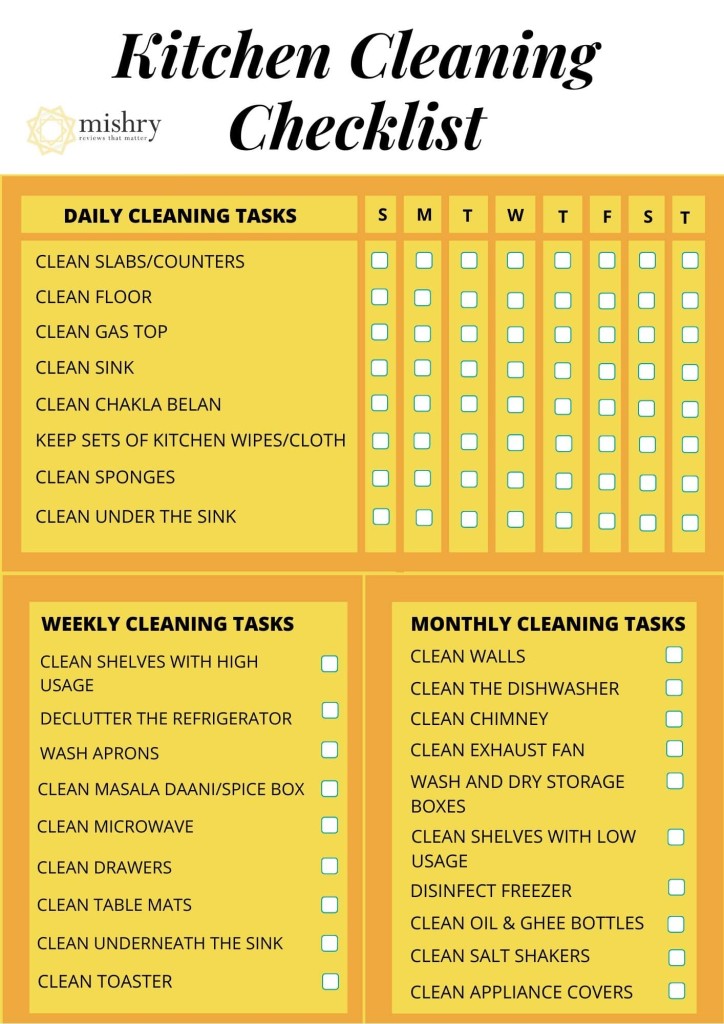




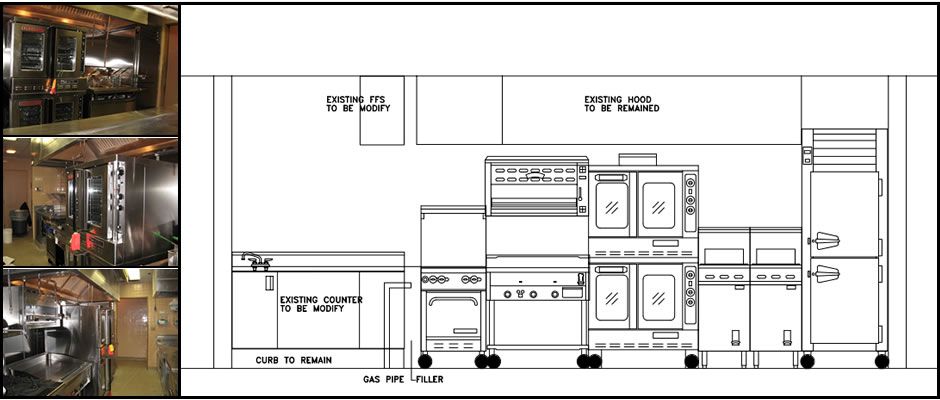



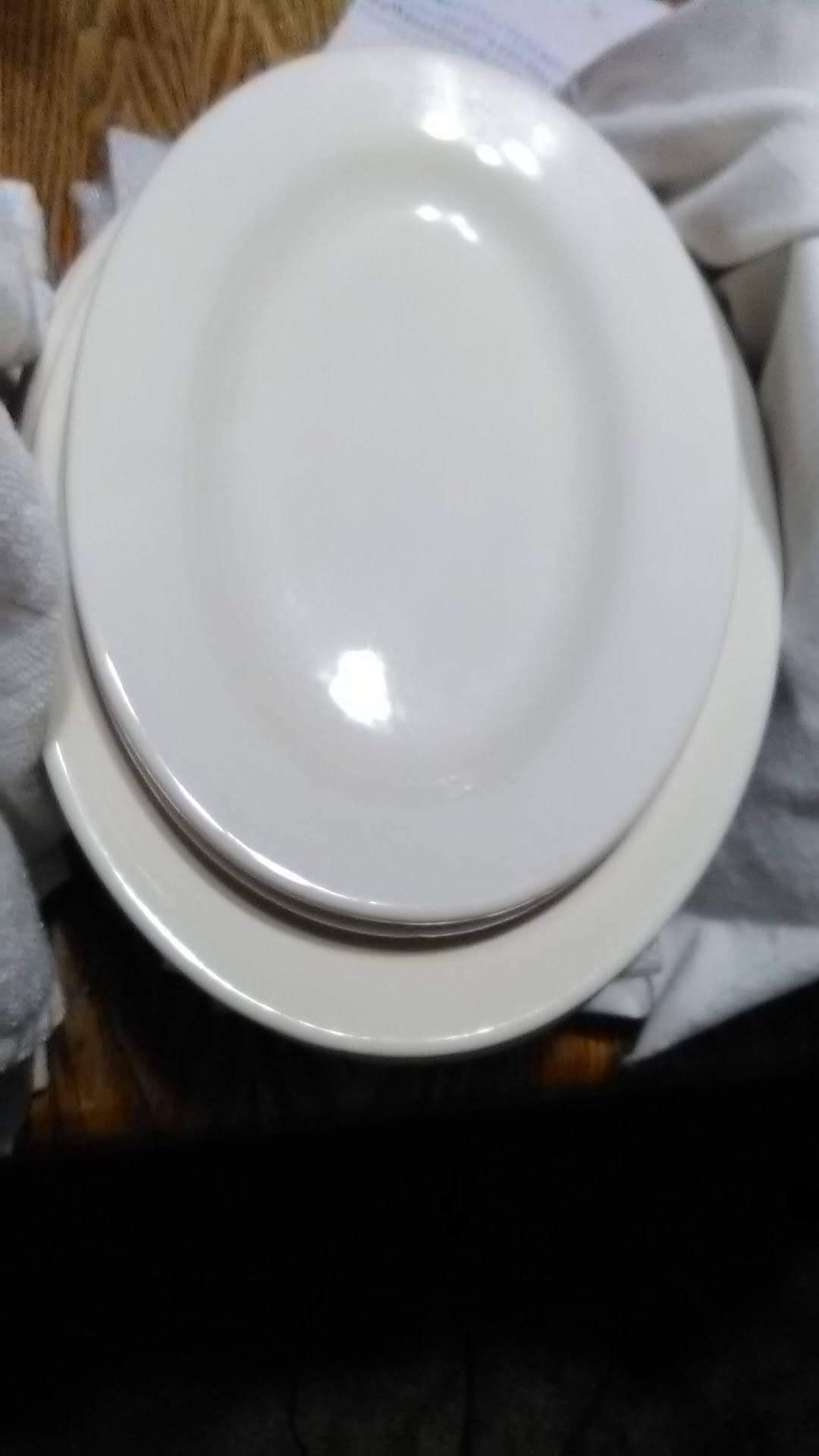
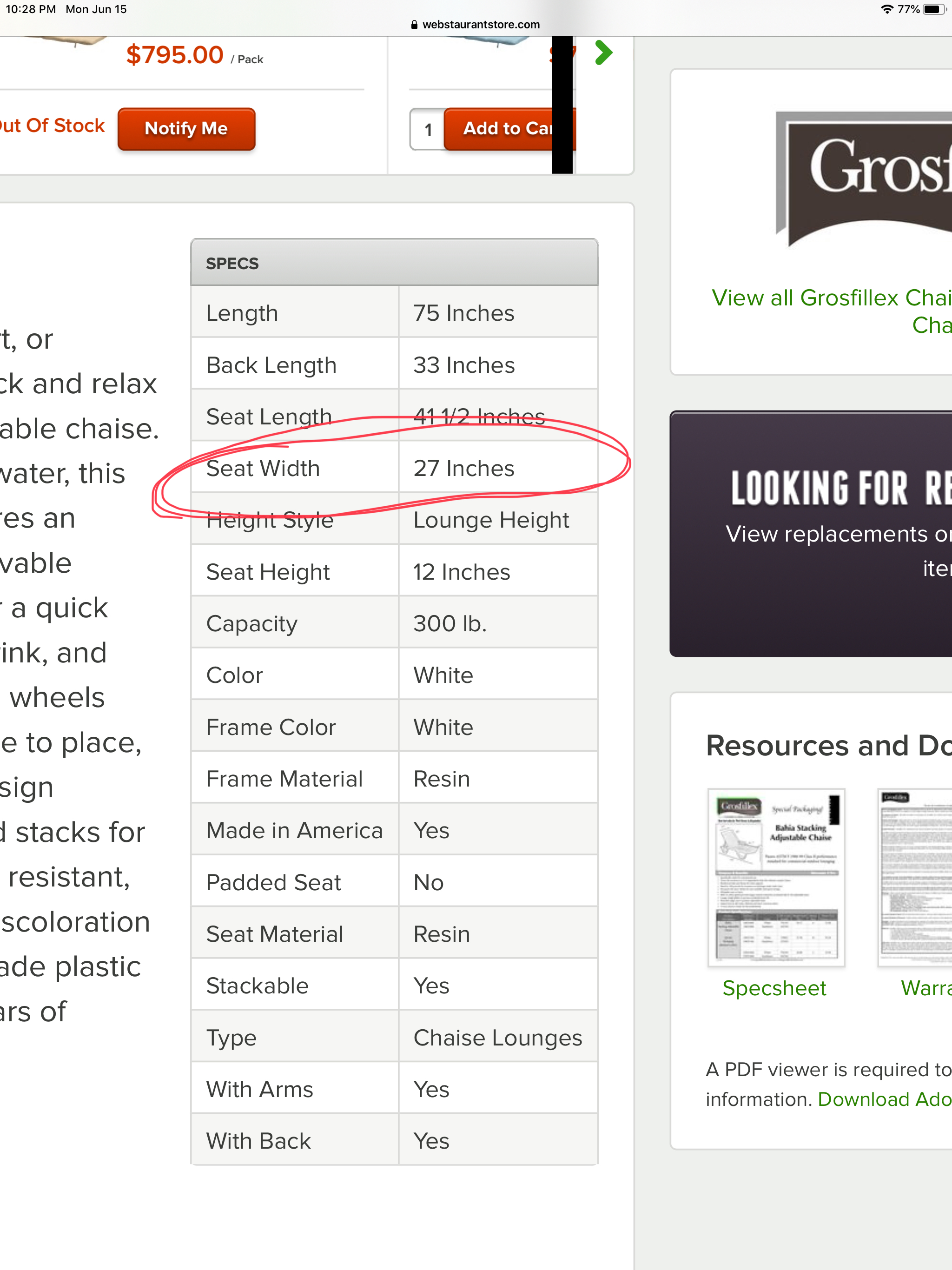
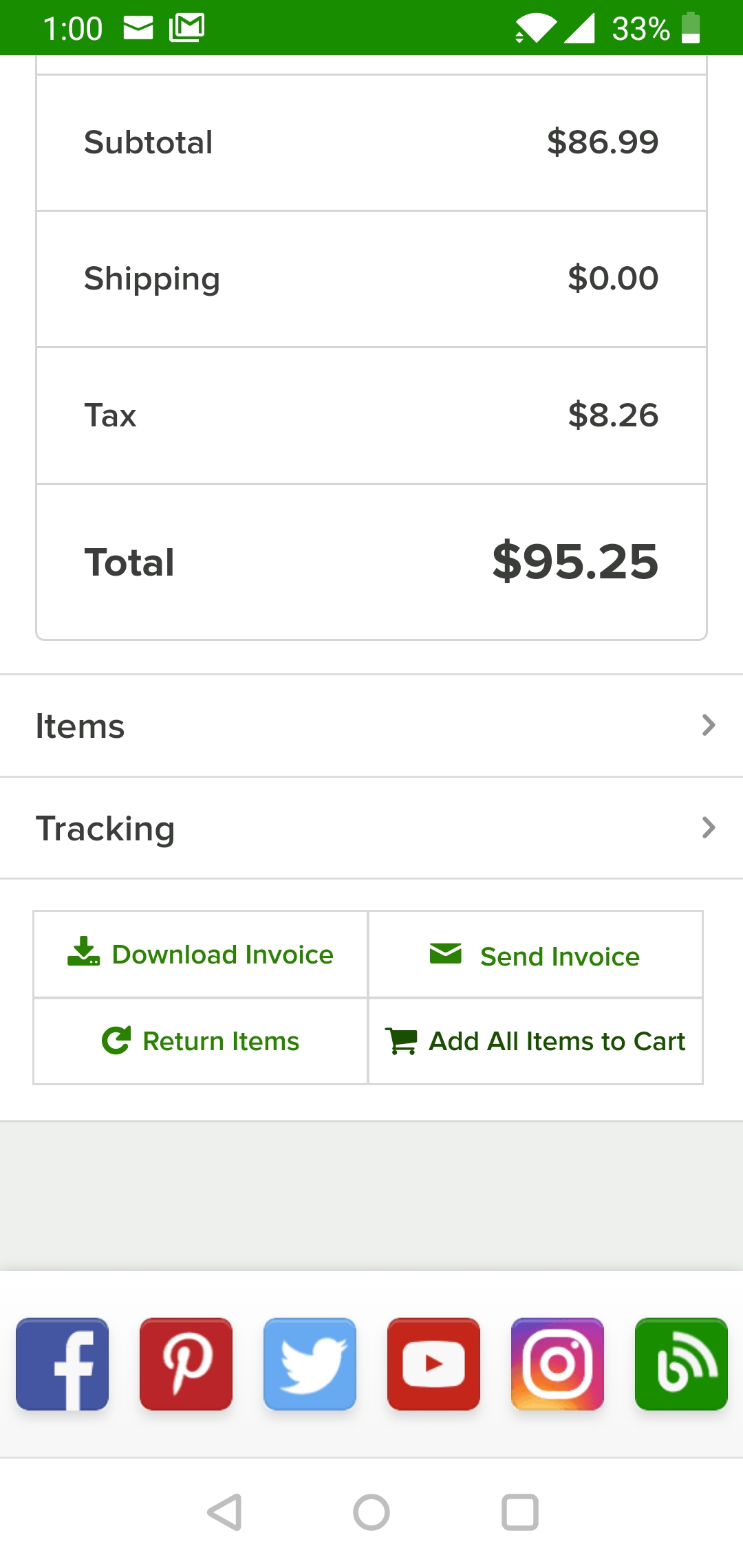
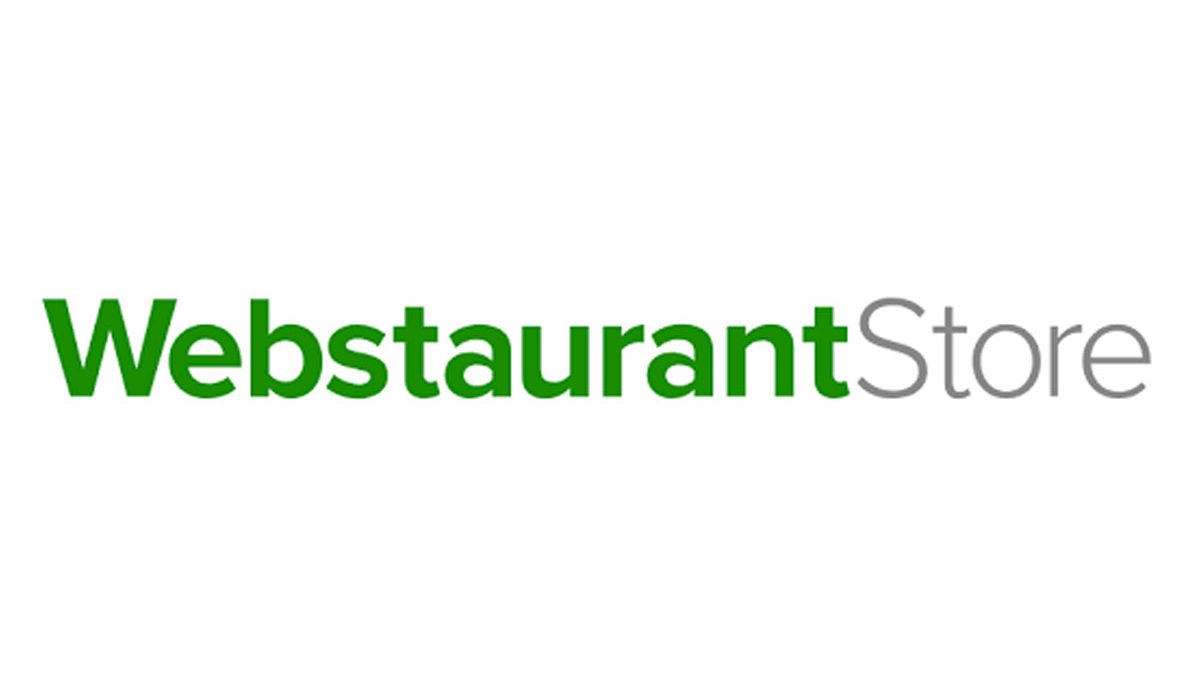
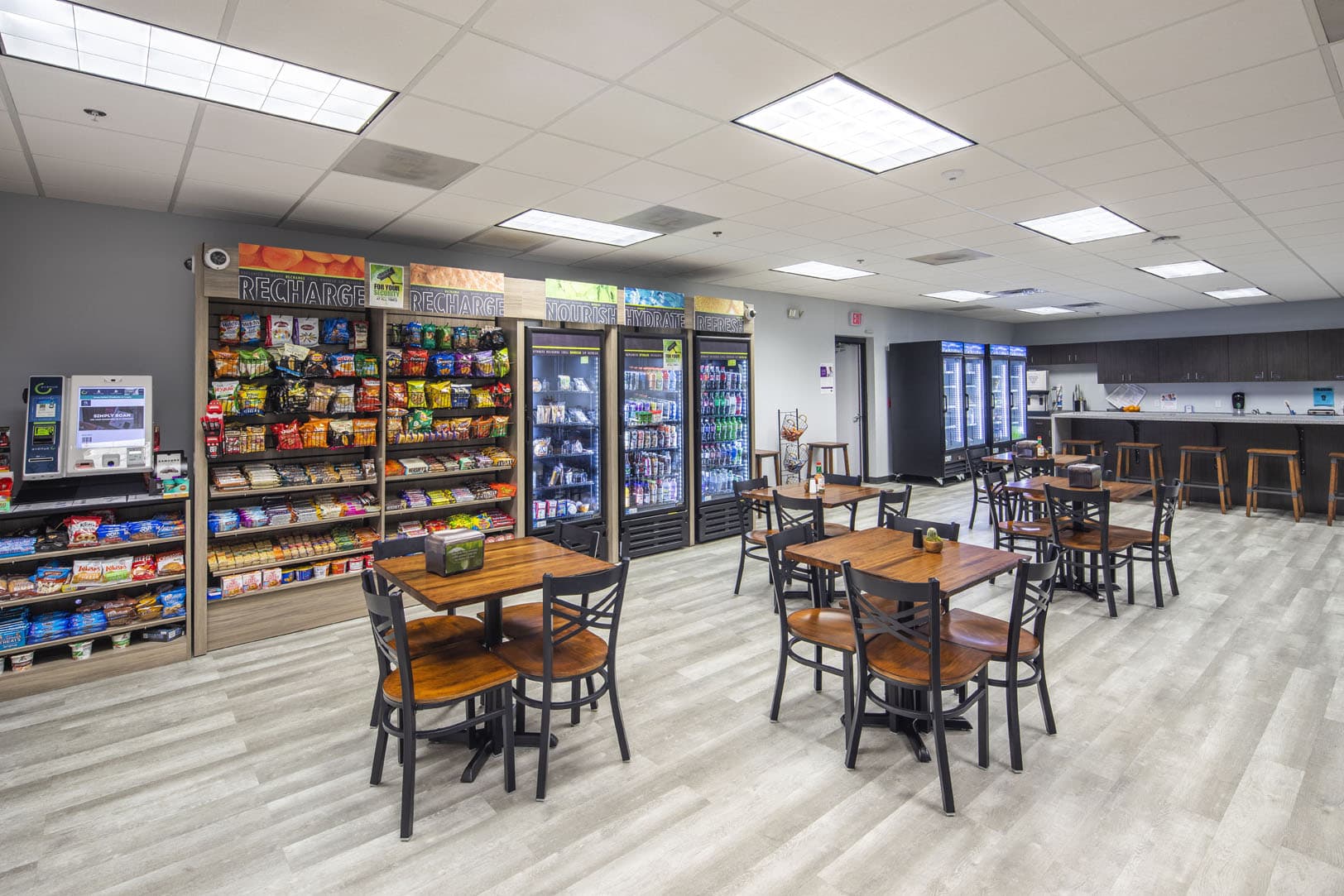
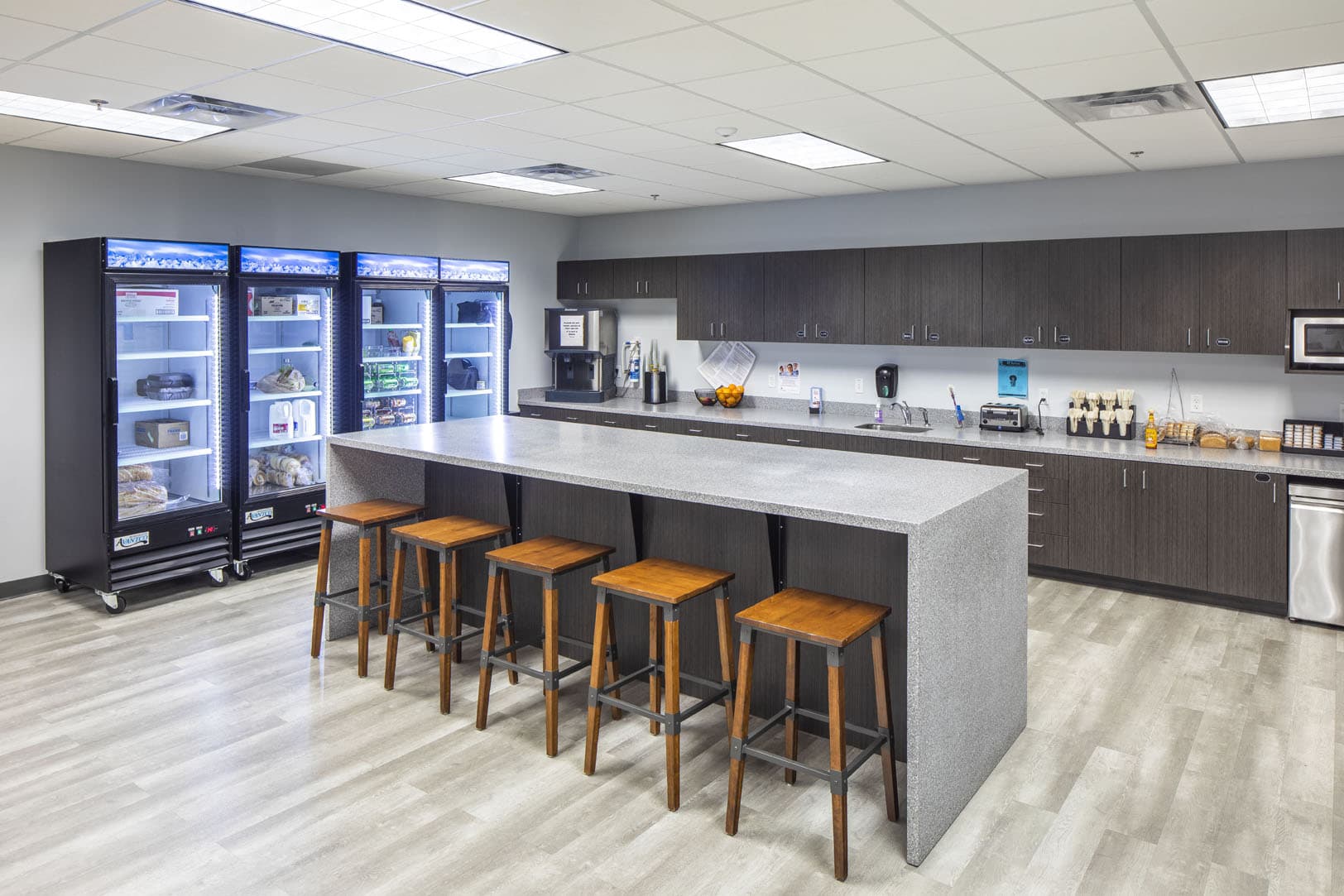
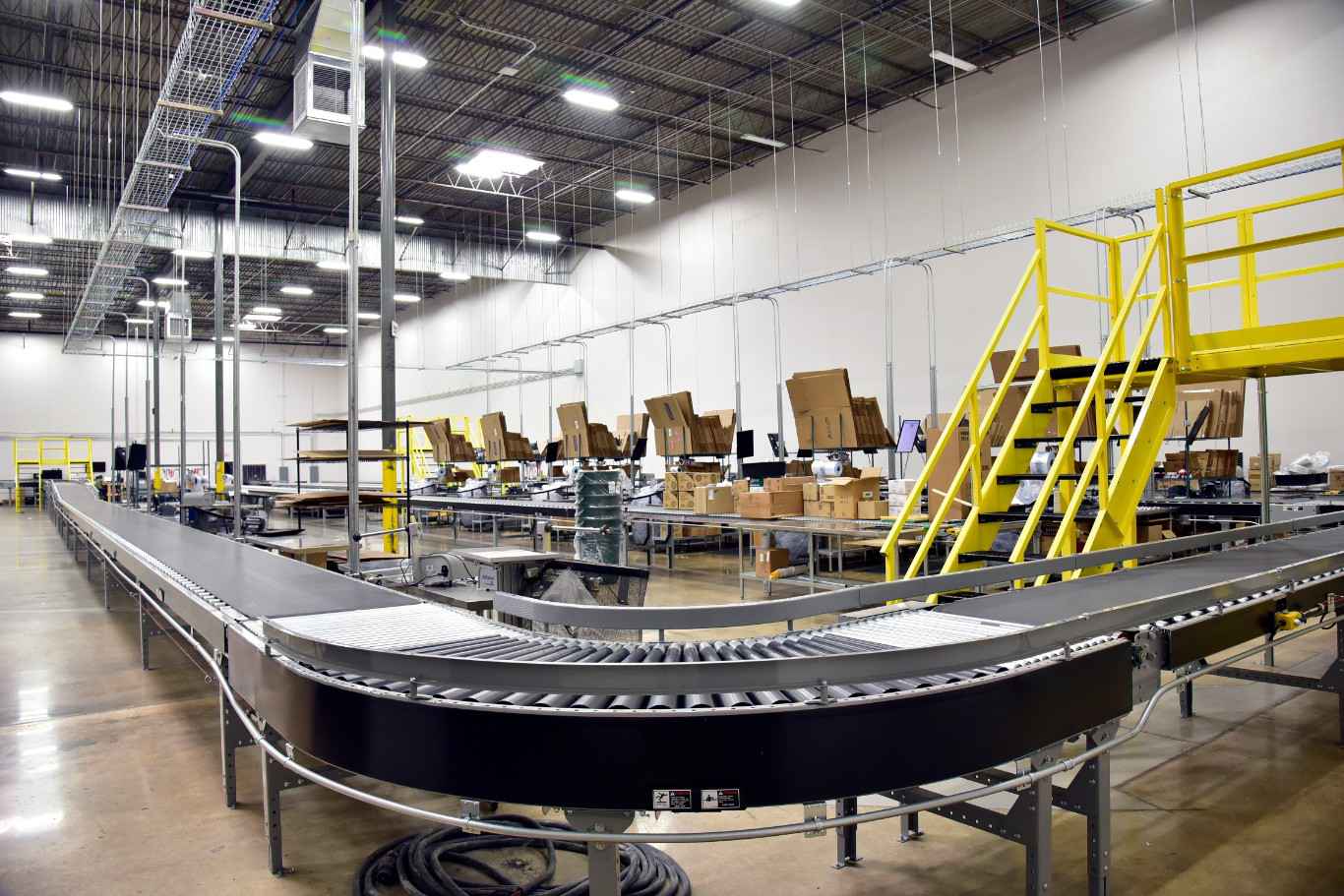
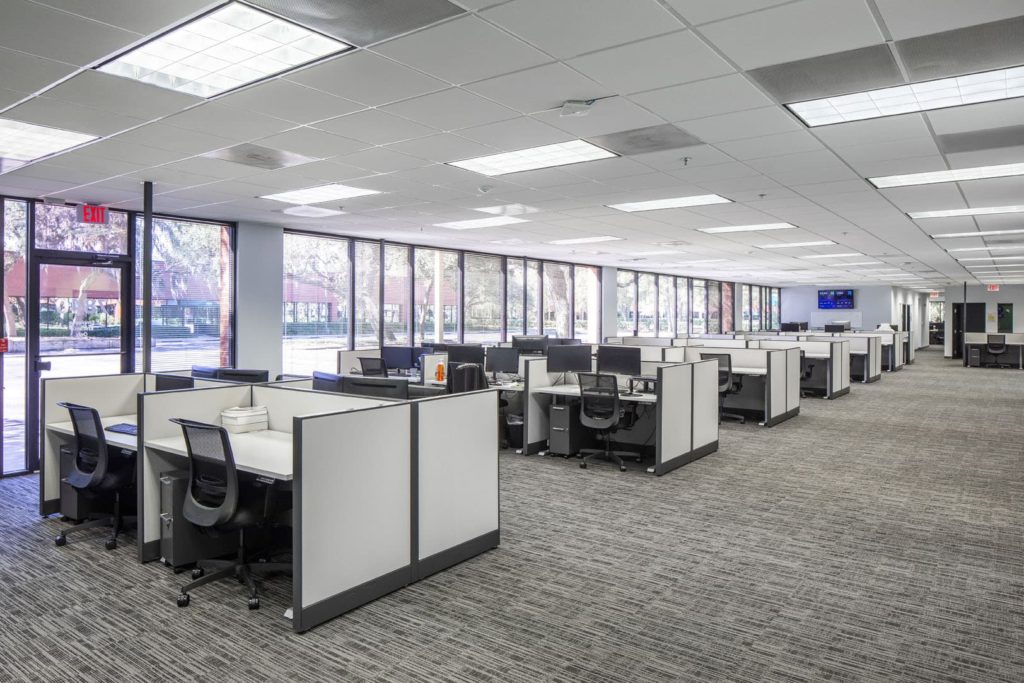

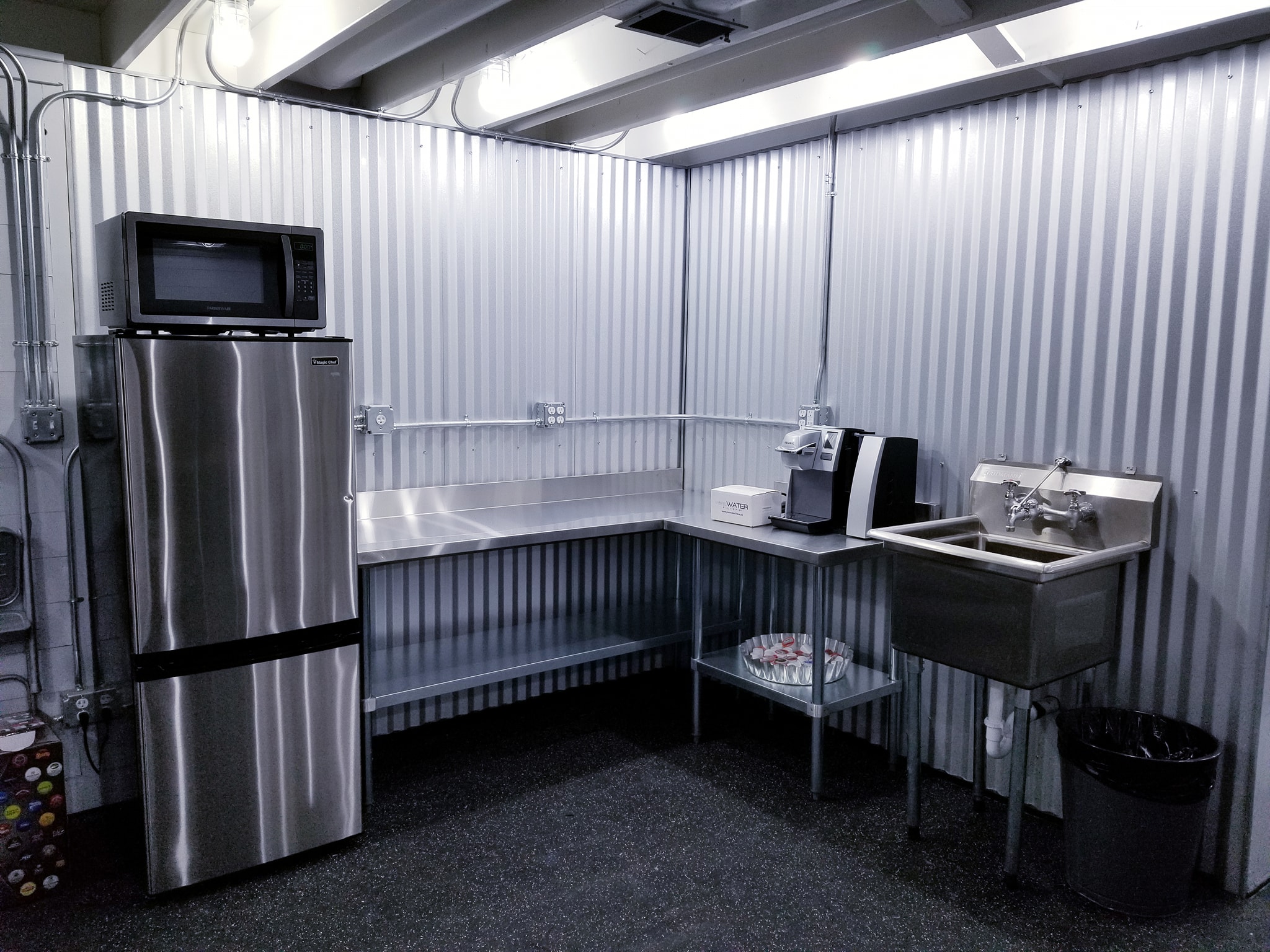
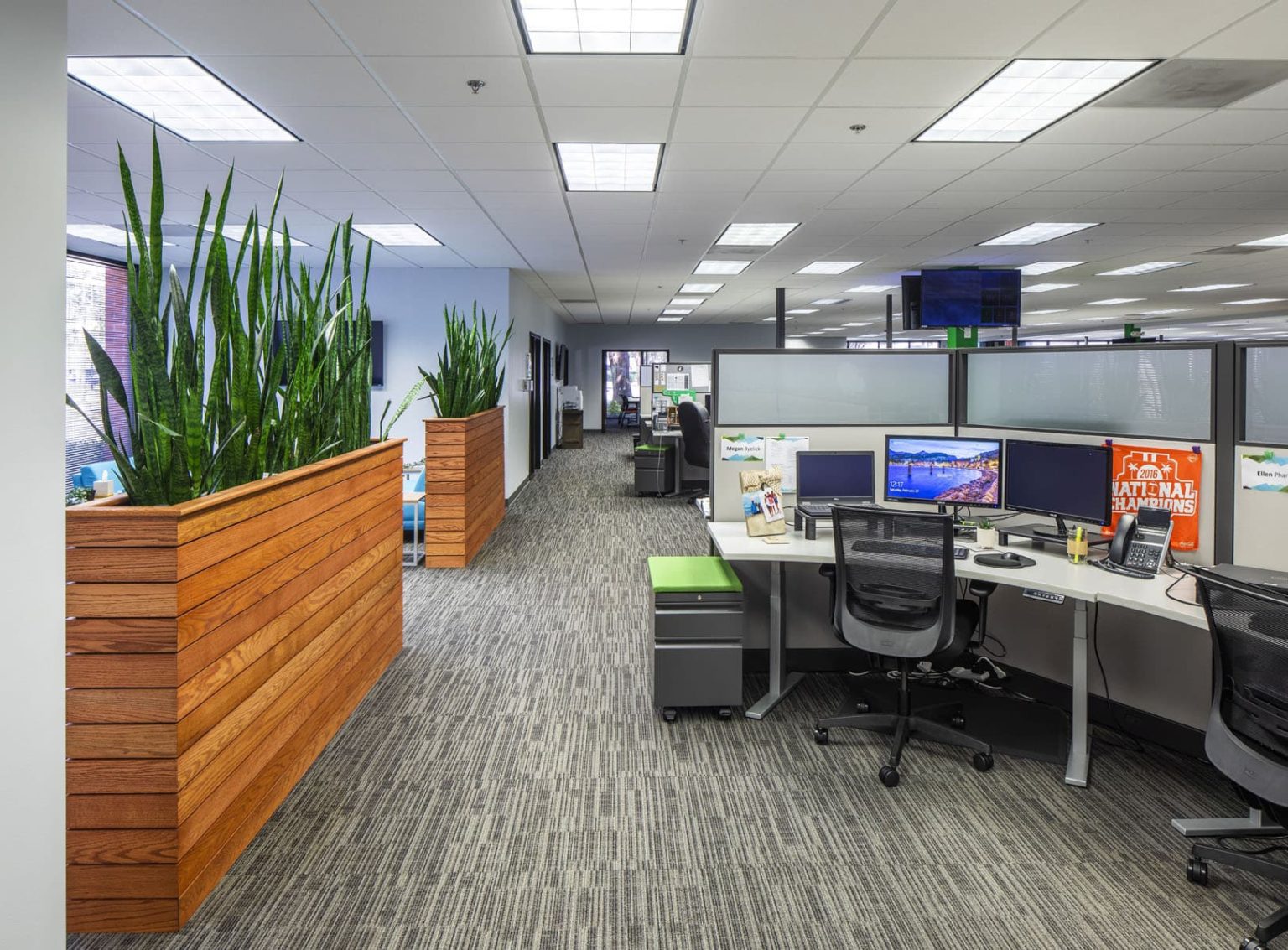


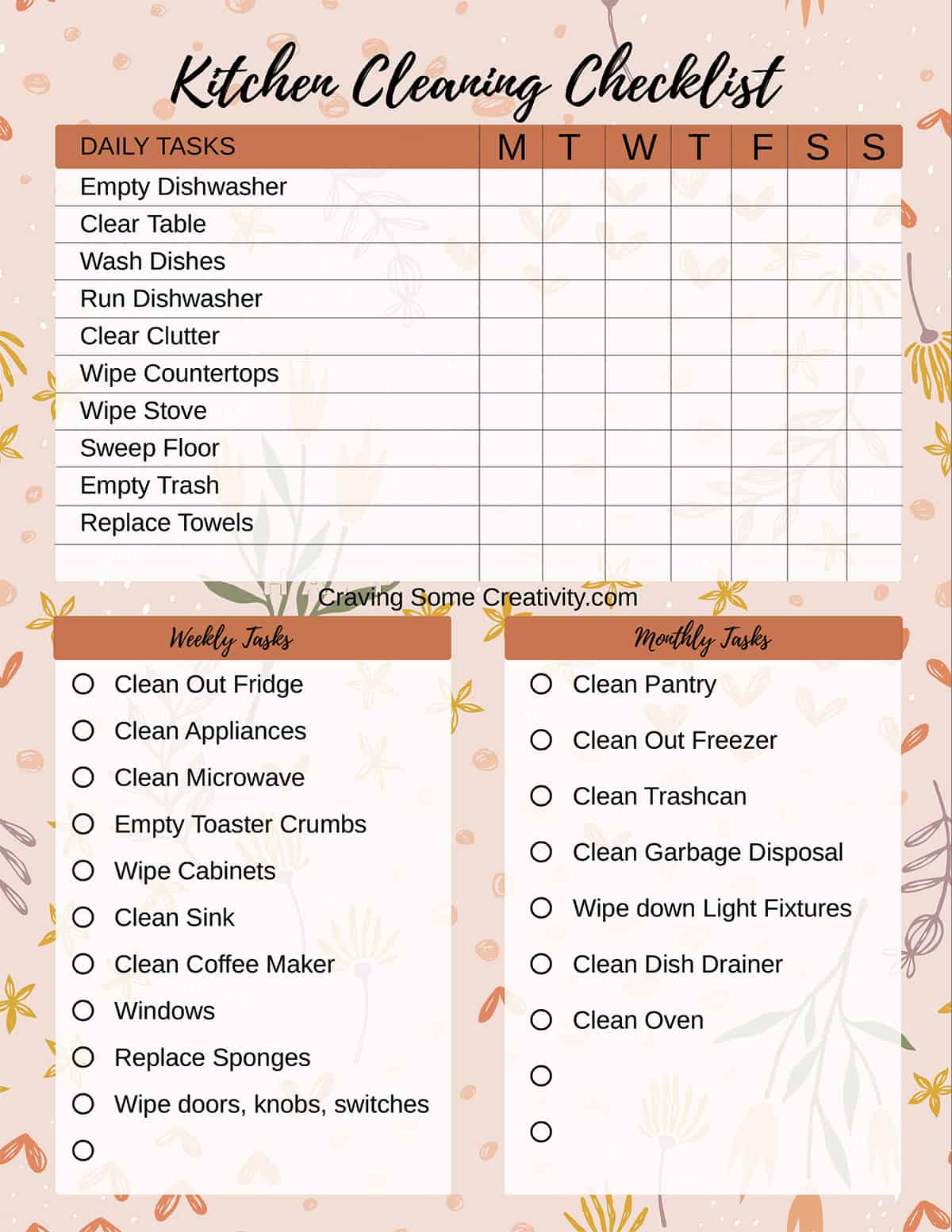

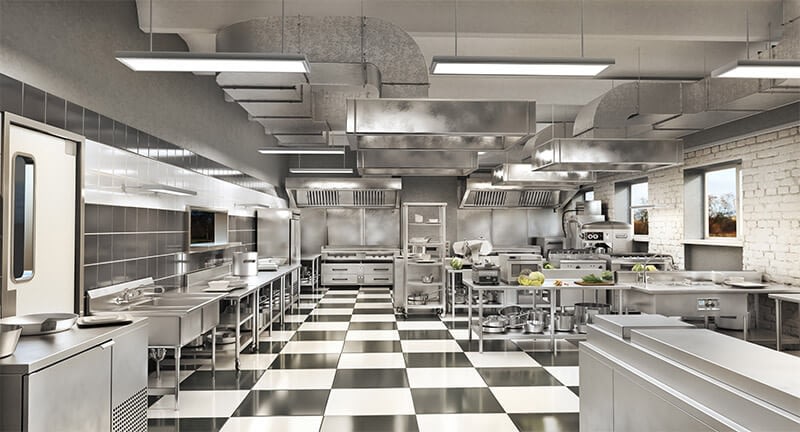

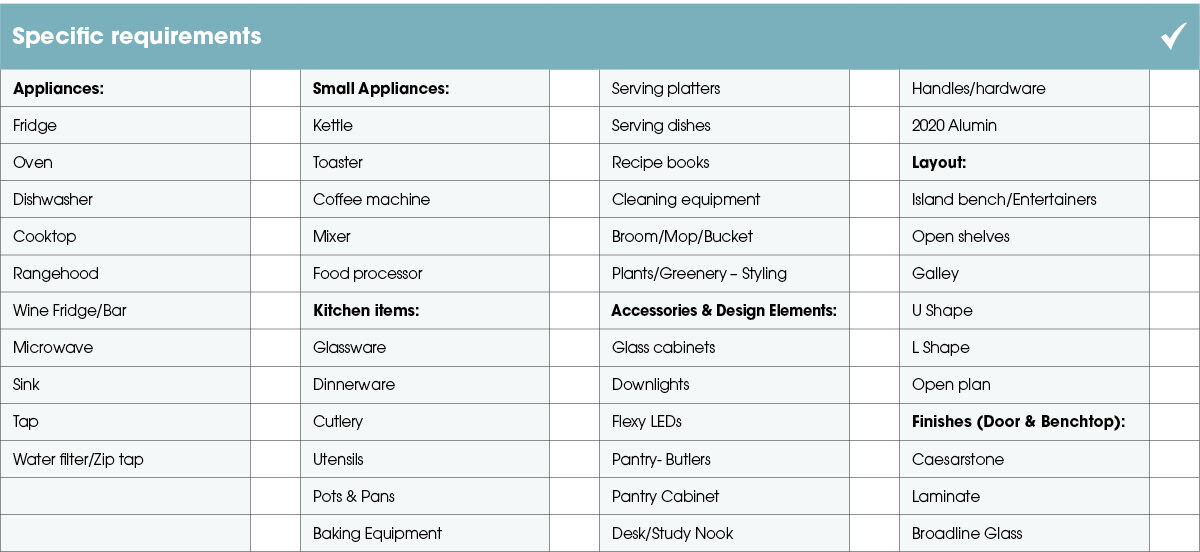



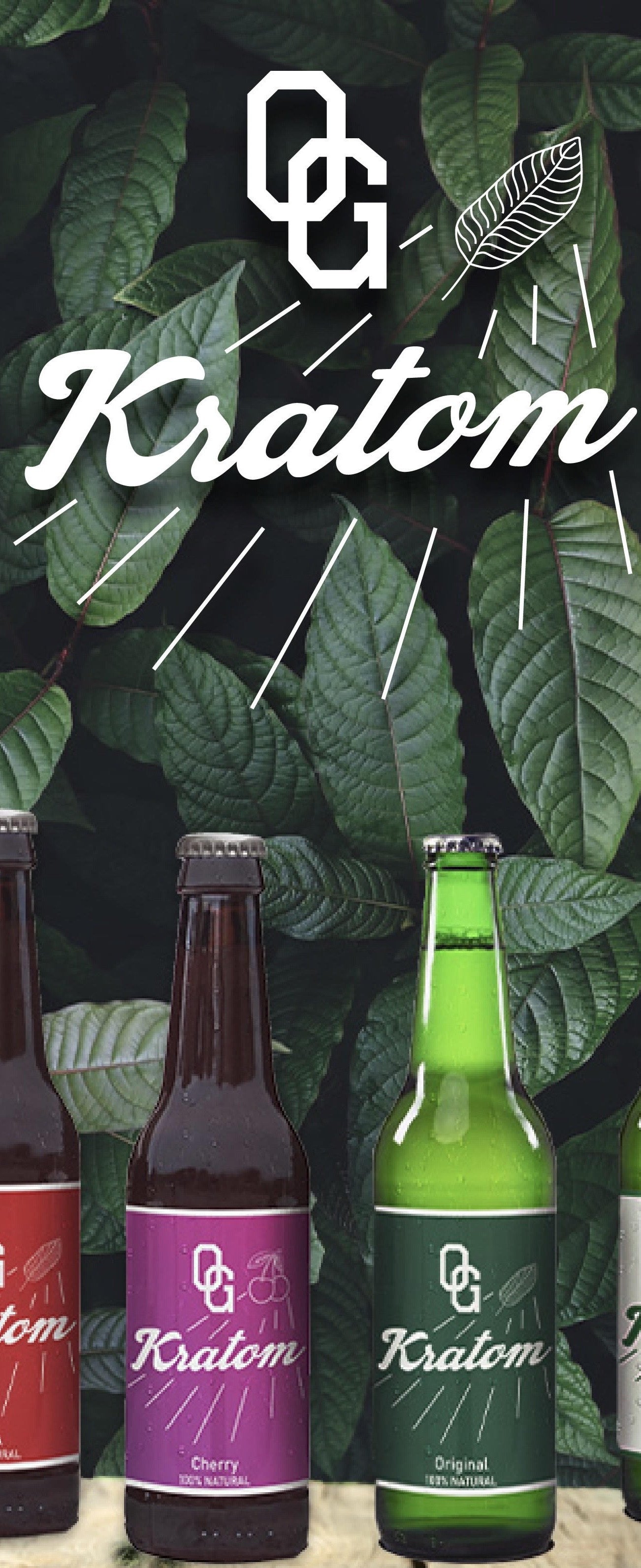





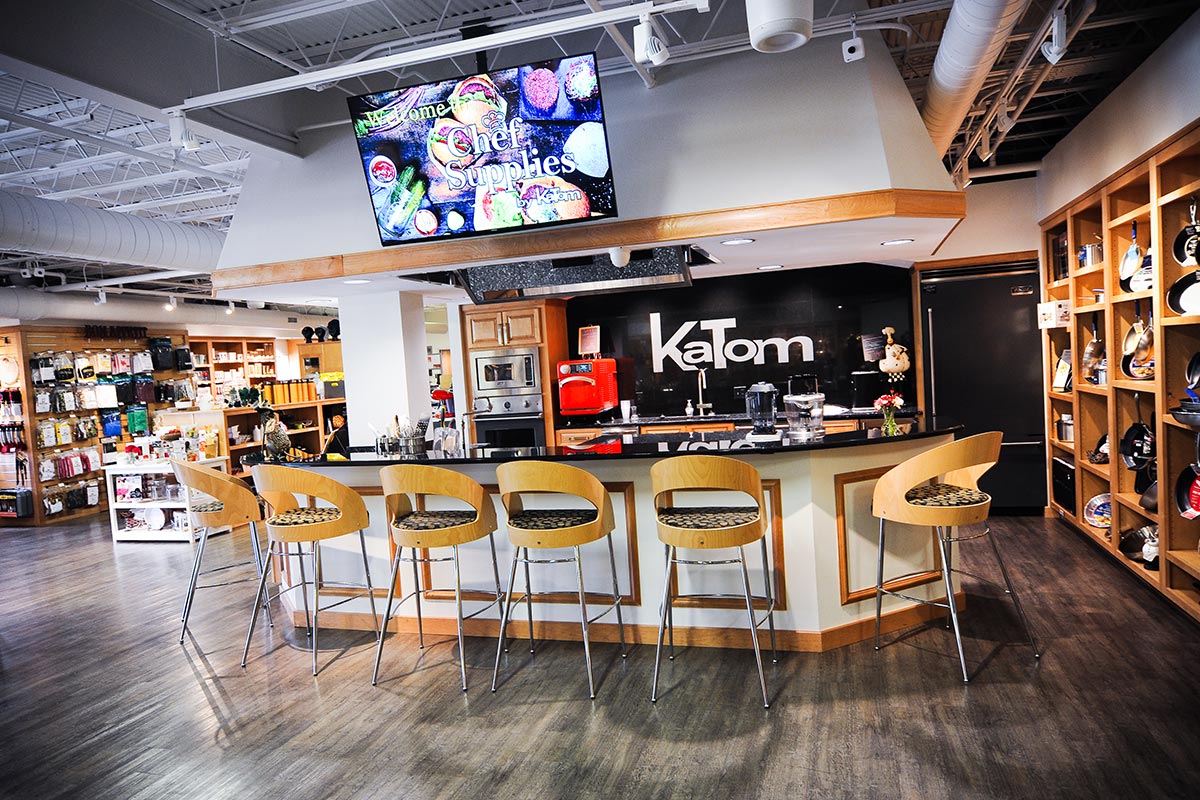
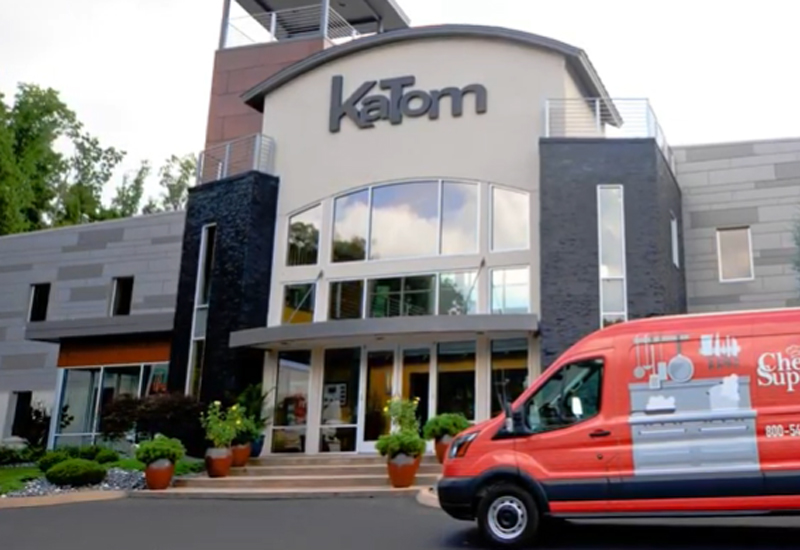

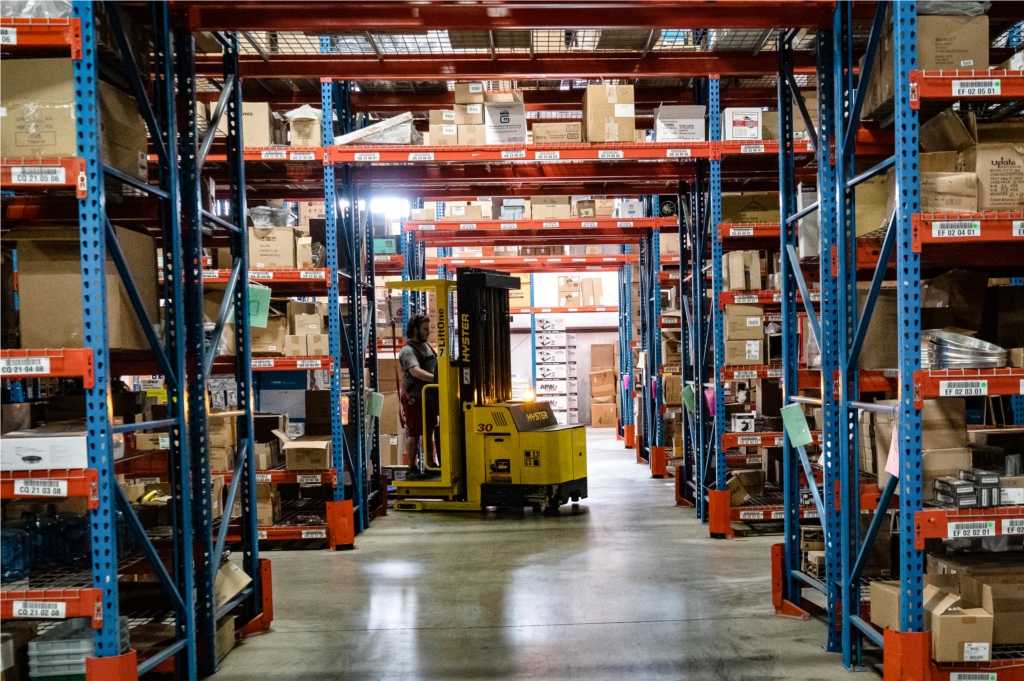











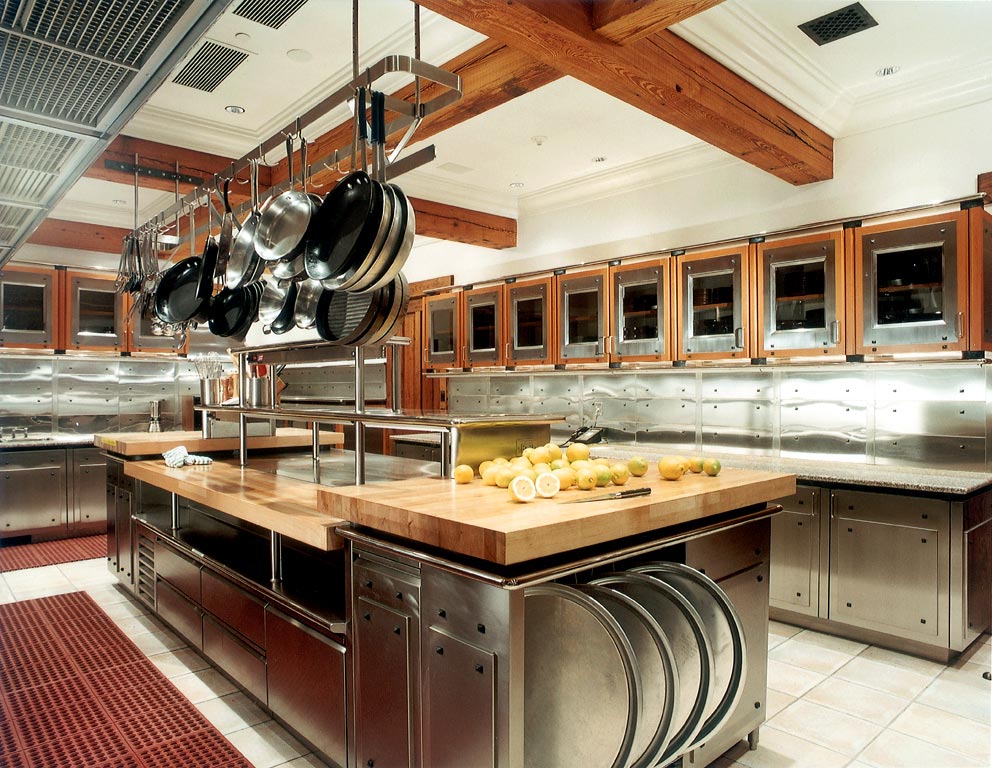






/tundra-climate-5be07fabc9e77c0051e2145d.jpg)
/tundra-58bf1be55f9b58af5cc29755.jpg)
/92292471-56a005035f9b58eba4ae83e0.jpg)










-p-1080.png)

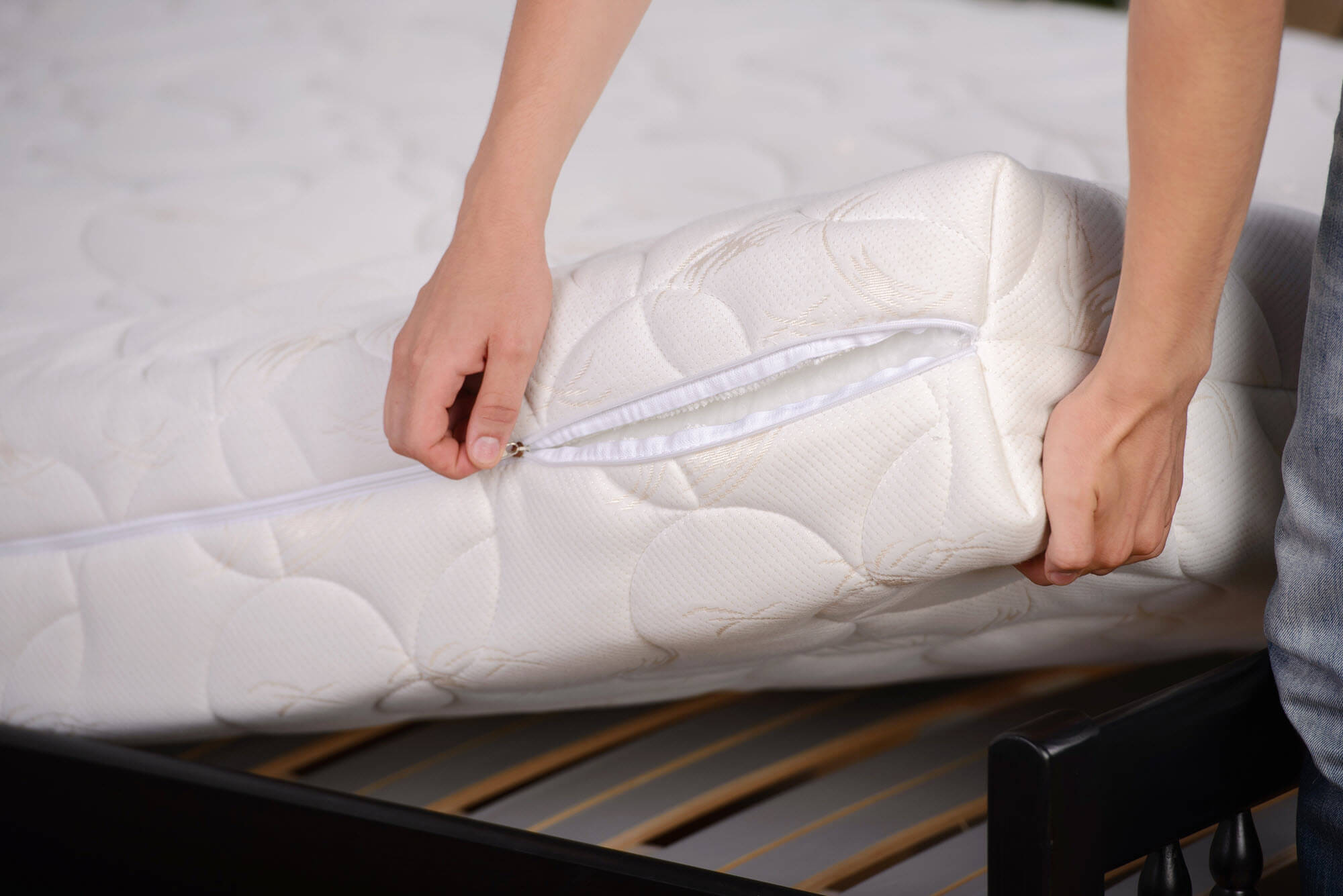
:max_bytes(150000):strip_icc()/bhg-heated-mattress-pads-test-reaks-queen-size-zoned-electric-amazon-hwortock-326-55e248c34a144ad7a62d78f5c320275a.jpg)

